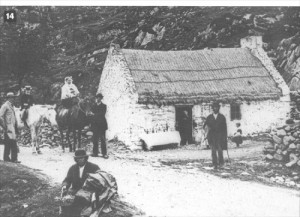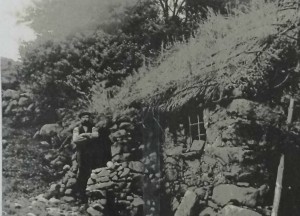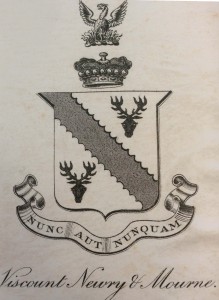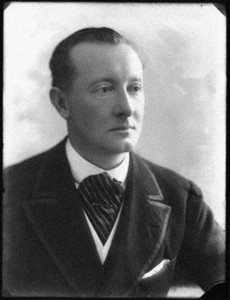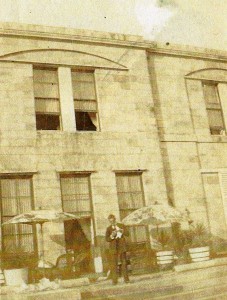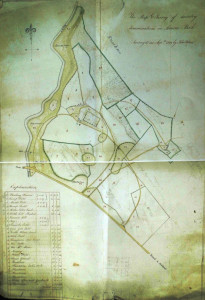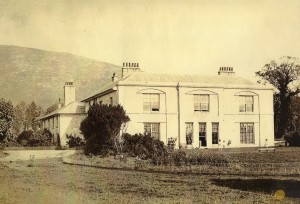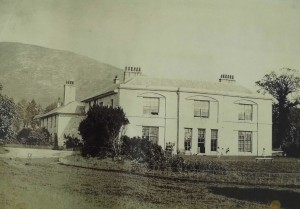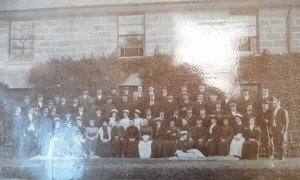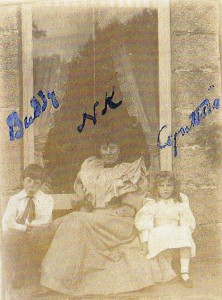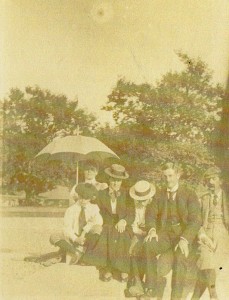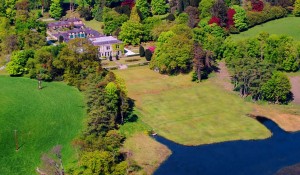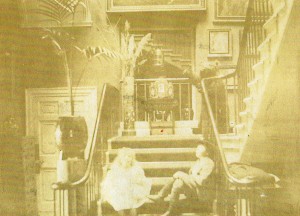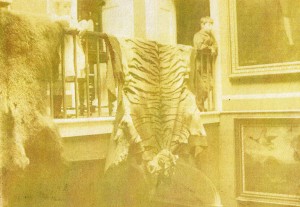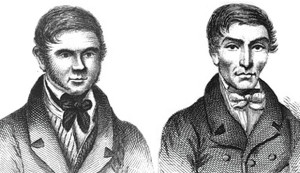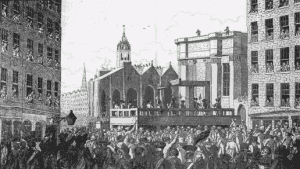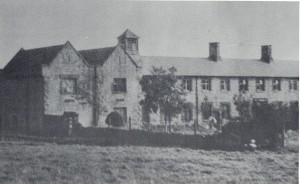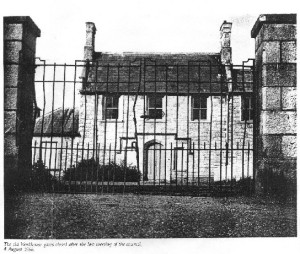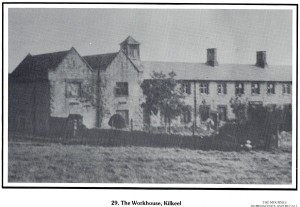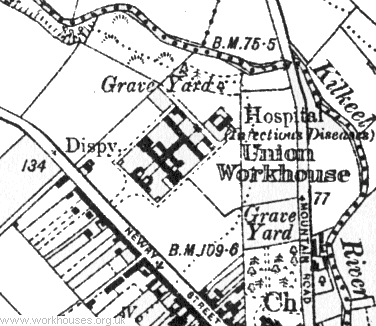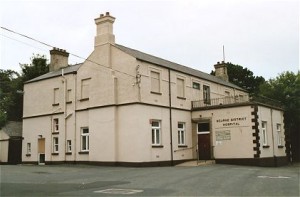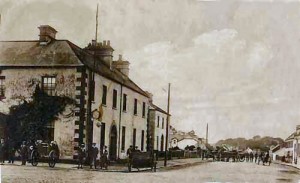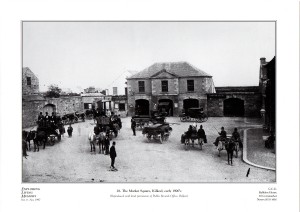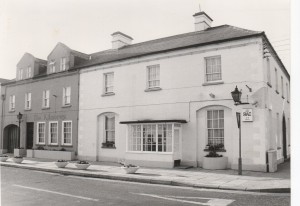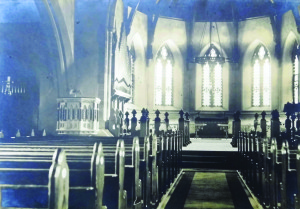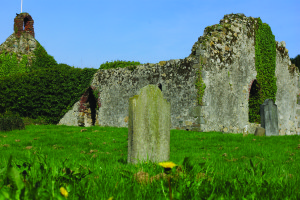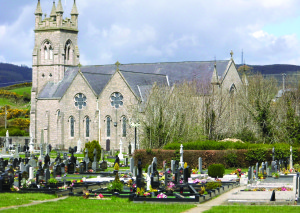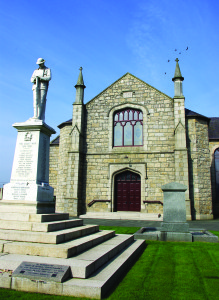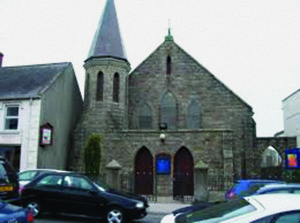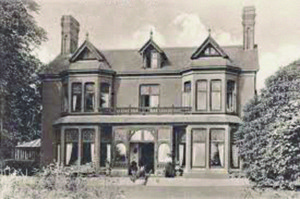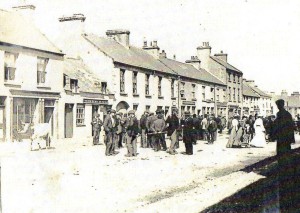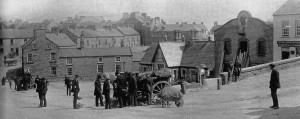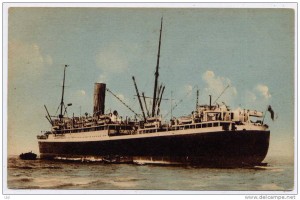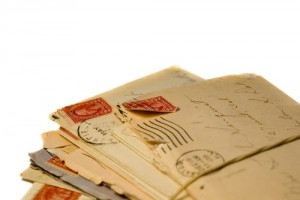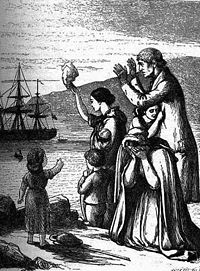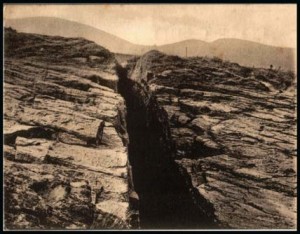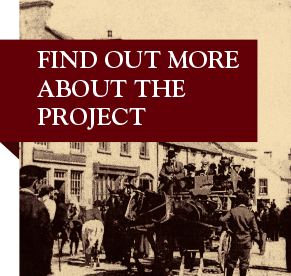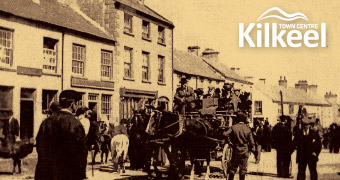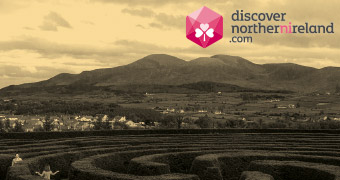Here is a list of some of the houses in certain townlands, their occupier and their value. This information came from the Hugh Irvine Collection which is available at Newry and Mourne Museum.
Townland Occupier Valuation Remarks
Lurganconary Robert Davidson 8.0.0 Large farm
Greencastle Elizabeth McIlroy 7.12.0
Benagh Upr. David Moore 15.16.9
Ballymaderphy John Moore 10.12.0
” Arthur Davidson 5.7.0
Lisnacree George Huston 19.1.3
Mullertown Henry McNeily 7.14.11
” Henry Atkinson 19.9.0
Glassdrummond Robert Thompson 8.8.10
” Isaac McNeely 17.9.3
” Leonard Watson 12.18.3
Moneydarraghmore Lt. Henry McNeilly 8.16.0
Ballyveamore Charles Moore 4.15.0
Moneydarraghbeg Richard McNeilly
George McNeilly 4.18.11
Robert McNeilly 7.4.8
Ballymartin Arthur Atkinson
Richard Atkinson 2.12.3
Maghereagh Mrs. Matthews 13.4.10
Drumcrow Christopher Marmion 11.2.1
Dunavan John Moore 22.0.4 New house
Drummondoney Anne Thomspon 9.17.0
Leitrim William Walmsley
Margaret Walmsley
Ballymageough James Moore
Aughnahoory John Walmsley 11.1.0
Mrs Hayden 10.12.2
Aughnaloopy John Moore 3.15.11
Ballymagart Eliza Walmsley
Magheramurphy Thomas Gibson Henry 25.9.0
Derryogue John Walmsley 7.1.11
William Nicholson
Thomas Nicholson 6.2.7
John Moore 13.10.7
Joseph Nicholson 4.1.9
Dunavil James Irwin 3.17.7
Ballynahatten David Moore 5.10.1
Rev. J. F. Close 76.10.10
Cranfield John Chesney
Robert Davidson 4.13.1
Joseph Moore 8.8.8 About 15 acres
Robert Moore Small 9.1.2
Rev. John McIlwain 14.6.9
Glassdrumman Catherine Hamilton 5.14.0
Moneydarraghbeg John McKibben 3.14.0
Ballykeel Thomas Stevenson 3.10.0
William Boyd & Bros 4.15.0
Francis Orr 4.3.0
Robert Trimble 3.17.0
John Walmsley 16.7.0
William Fitzpatrick 3.10.0
Maghareagh James Trimble 4.0.0
Kilkeel James Walmsley 11.13.0
Dunavan Bernard McCullagh 6.15.0
Rev. Gustavus Warner 10.13.0
John Doyle 3.18.0
Drumindony Bernard McCullagh 4.17.0
Ballyardle Captain Chesney 12.3.0
James Marmion 7.3.0 Two houses and offices
8.0.0
Aughnahoory Hugh Stephenson 4.0.0
William Hanna 3.8.0
Ballymagart George Nesbitt 5.2.0
Mrs McDonnell 13.8.0
Derryogue Thomas McKee 6.0.0
Dunavil Henry Reilly 4.0.0
Ballymageough Samuel Wilson 3.8.0
Mourne Park Viscount Kilmorey 82.0.0
Grange John Patterson 6.0.0
